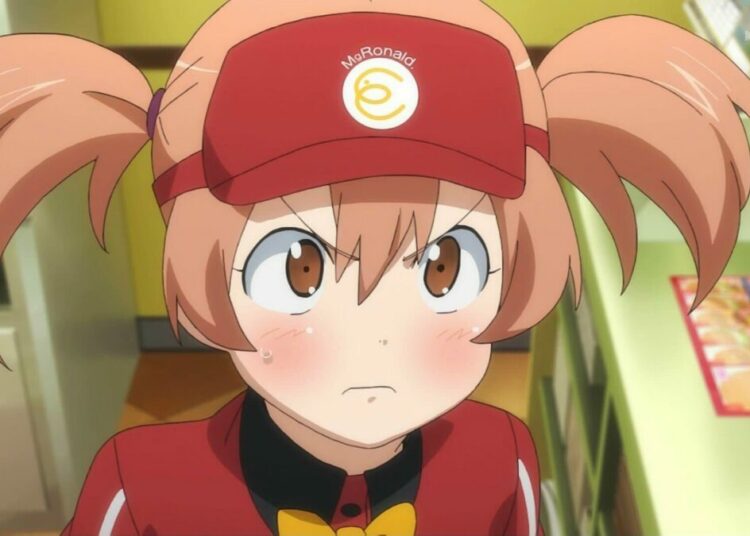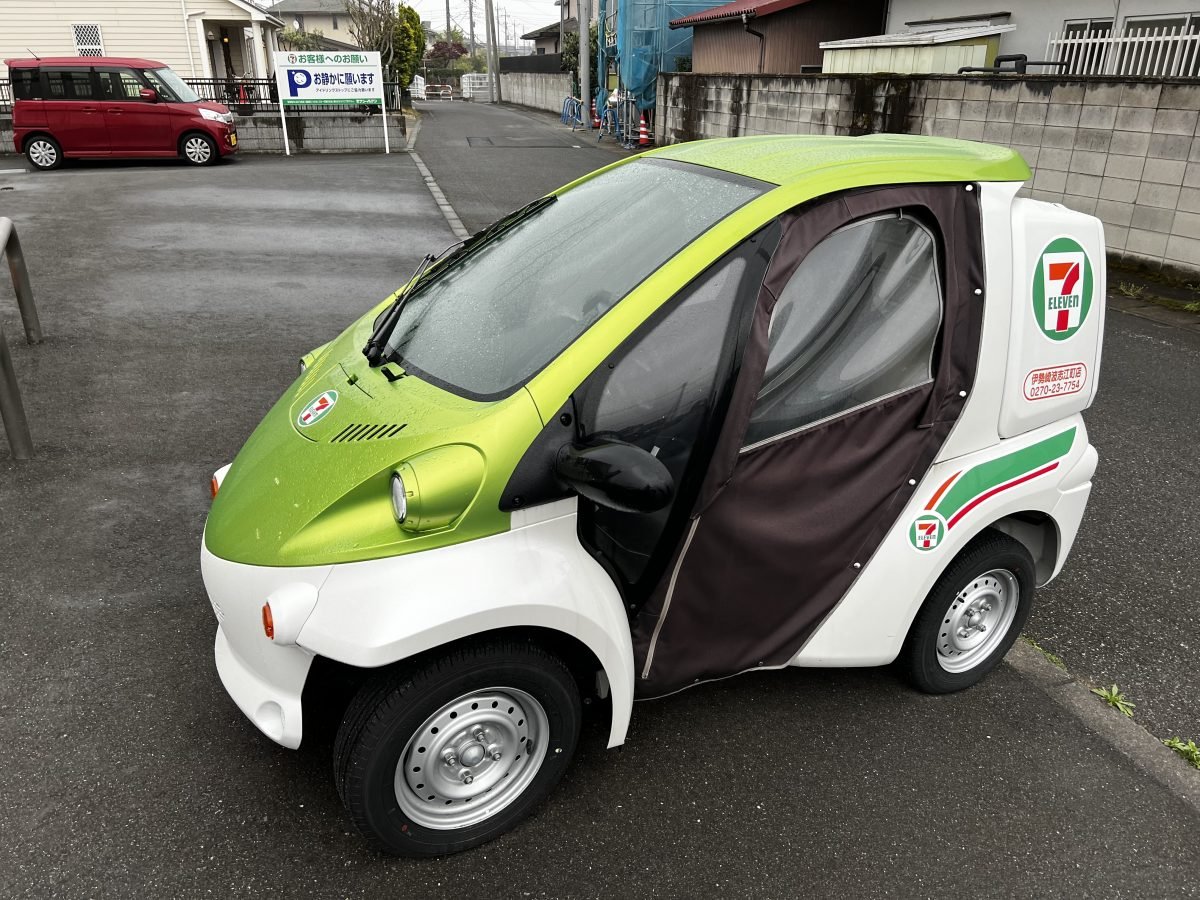Hello again from J-List. Once again I’ve made the journey from California to Japan and am back home with the staff here, ready for another update of Japanese goodness for you. As usual after returning to Japan, I was up at the crack of dawn, my body refusing to sleep past what it was sure was the middle of the day. I got up and took a brisk walk, enjoying the hours before the day’s humidity began, but in the later afternoon I’ll pay for rising early as jet lag starts to set in. I hope I don’t fall asleep in the middle of today’s update…
There’s no way around it: alcohol is often an important part of social life in Japan, and there’s even a word for the special kind of interchange of ideas that occurs over beers after work: nomunication, combining the Japanese word for drink (nomu) with “communication.” Along with the naughty words (which aren’t nearly as colorful in Japanese as they are in English, usually being translatable as “fool” or “slow-witted” and not anatomical in nature at all), foreigners coming to Japan usually pick up vocabulary related to drinking fairly quickly. One of the first phrases I learned after arriving in Japan was toriaezu biiru (toh-ree-AH-eh-zu BII-ru), meaning “Let’s start with some beer,” a good way to order while letting your server know you’ll be adding some food items to the order presently. You quickly learn words like “bin biiru” (beer in a bottle, good for pouring drinks for each other in a group) and “nama biiru” (draft beer in a big mug). Any food that you munch on with your beer is called otsumami (oh-tsu-mah-mii), and the Japanese love to eat things like asparagus wrapped in bacon, oil-fried tofu and a fish called hokke (HOK-keh), which the Internet tells me is called Atka Mackerel although I never knew what it was called in English until today. Of course, beer isn’t the only beverage consumed, although it’s the most popular: sake (pronounced SAH-keh, never “saki”) is also popular. Known by its formal name nihonshu, one of the most popular ways to drink it is hot, which is called atsukan (AHTS-kahn). If you have a few drinks you might find yourself pleasantly buzzed, which is horo-yoi, but don’t drink too much or you’ll feel terrible in the morning. Once while looking up words in my Canon Wordtank over several beers I came across a Japanese word mukae-zake (mu-kah-eh-ZAH-keh, “going to meet sake with more sake”), which my electronic dictionary faithfully translated as “the hair of the dog that bit one.” I’d never encountered that term before coming to Japan, so living here has taught me some of my native language as well!
Sumo wrestling, the official national sport of Japan, is incredibly old — it’s mentioned in one of the first written histories of Japan, the Kojiki, which dates from A.D. 712. In sumo, two opponents must push each other out of a ring or into the ground, but this is easier said than done when your opponent weighs 300-400 pounds. There are six 15-day sumo tournaments held during the year, three in Tokyo and one each in Nagoya, Osaka and Kyushu. The bouts are broadcast daily on NHK, with the highest ranking (and thus the most famous) wrestlers competing at the end of the day’s bouts, so if you catch the last 30 minutes of the day’s broadcast you can get to see all the best matches. There are officially 48 different methods for defeating your opponent in sumo, called the “48-hands.” These include yorikiri (pushing your opponent out of the ring while you grip his belt), oshidashi (pushing him out without holding his belt), uwatenage (throwing your opponent down in a quick motion), and hatakikomi (changing directions suddenly so that your opponent loses balance and falls). Sumo is so popular with foreigners in Japan that the matches are broadcast in English as well as the local language. As the years pass and different sumo wrestlers retire, often moving on to manage sumo stables, there have been times when the top spots are dominated by Hawaiian wrestlers, and even a period when there were no Yokozuna (Grand Champions) at all. Right now, the sumo world is being dominated by Asashoryu, a Mongolain wresltler who regularly mops up the dohyo with the other wrestlers. (If you like sumo wrestling, we highly recommend our wacky “Yokozuna” T-shirt, it’s really a great joke.)















